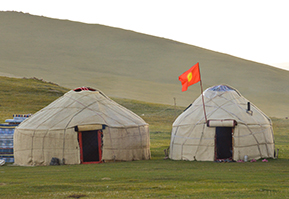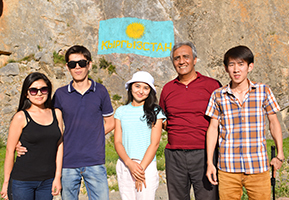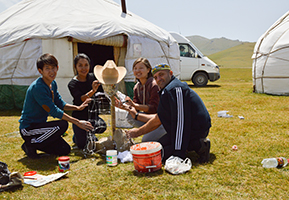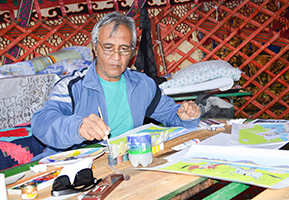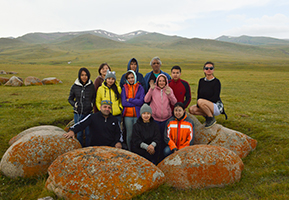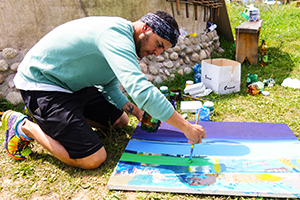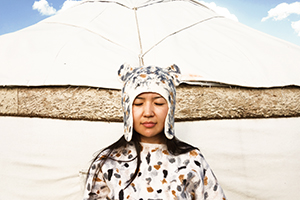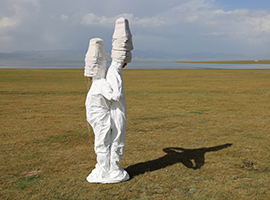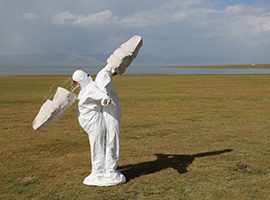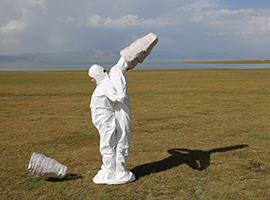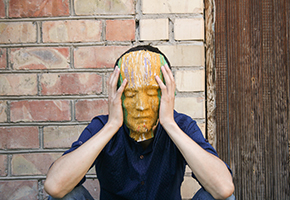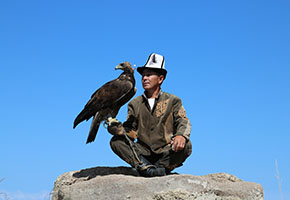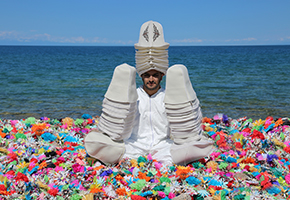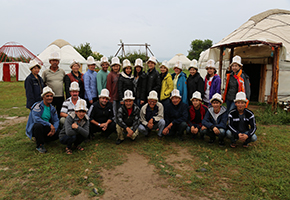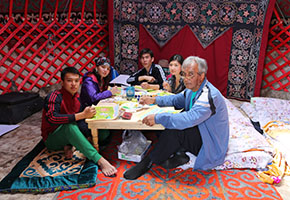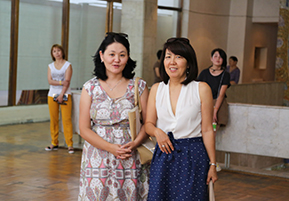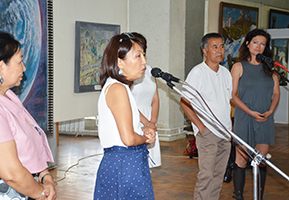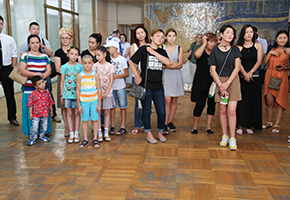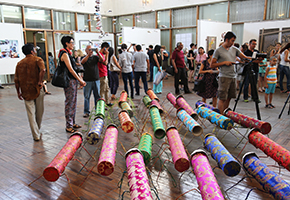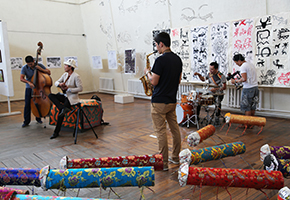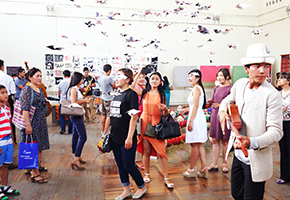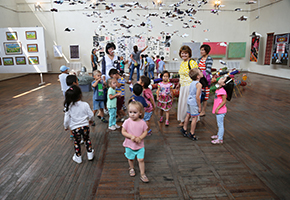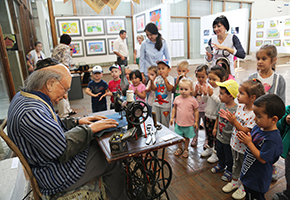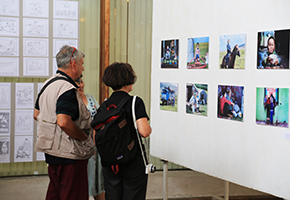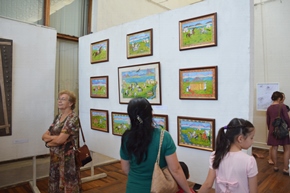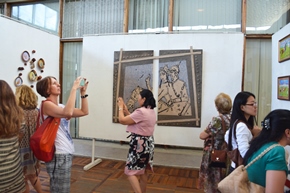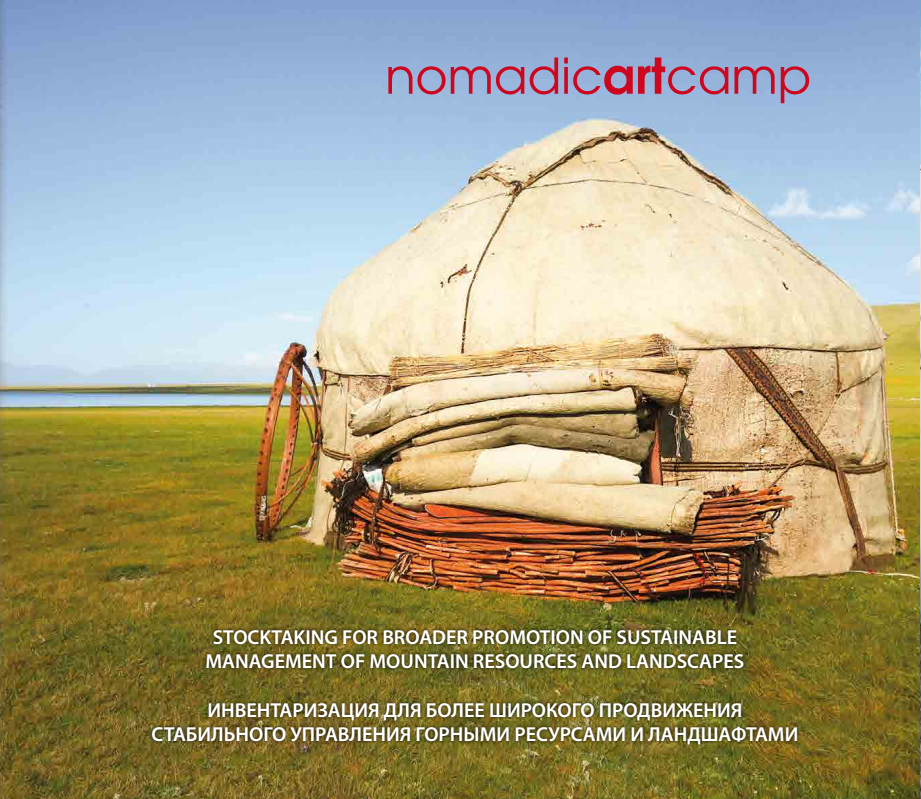2016 Nomadic Art Camp
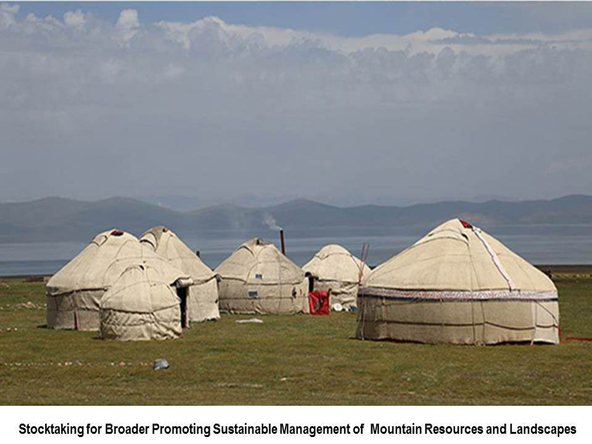
Nomadic Art Camp 2016: Stocktaking for Broader Promotion of Sustainable Management of Mountain Resources and Landscapes
The Nomadic Art Camp 2016 was an innovative and collaborative initiative that brought together artists from diverse backgrounds and regions, including Kyrgyzstan, Tajikistan, Kazakhstan, Turkey, Switzerland, Austria, Israel, and Russia. Hosted in the striking landscapes of Kyrgyzstan—specifically along the shores of Son-Kul and Issyk-Kul Lakes—the camp provided a unique platform for artists to engage with local communities while exploring the connections between the natural environment, traditional nomadic lifestyles, and global ecological and social transformations.
The decision to hold the camp near Son-Kul and Issyk-Kul Lakes was intentional. Both locations not only offer breathtaking natural beauty but also hold deep cultural significance. Son-Kul Lake, situated at over 3,000 meters above sea level, serves as a summer pasture for nomadic herders whose lifestyle is intricately connected to the land. The region’s high-altitude meadows, alpine forests, and pristine waters provided an ideal setting for the artists to explore the complex relationship between humans, nature, and culture. Similarly, Issyk-Kul Lake, often referred to as the "Pearl of Kyrgyzstan," is one of the world’s largest saline lakes, surrounded by the Tien Shan Mountain range. The stunning beauty and ecological importance of Issyk-Kul heavily influenced the works created during the camp. These sites were chosen not only for their natural appeal but also for their ability to provoke reflection on sustainability, cultural identity, and environmental change.
A core aspect of Nomadic Art Camp 2016 was the collaboration between artists and local communities. The artists were encouraged to interact with nomadic herders, fishermen, and villagers, learning about their lifestyles, cultural traditions, and the challenges they face in managing natural resources and preserving their land. These exchanges offered artists valuable insights into traditional practices such as animal husbandry, seasonal migrations, and sustainable farming methods. At the same time, they prompted discussions about contemporary issues, including climate change, environmental degradation, and the pressures of modernization on traditional ways of life. This unique collaboration helped shape the artists' creative work, which reflected the deep connection between culture and the environment. The camp also prompted the artists to reflect on the role of contemporary art in today’s rapidly evolving world. They explored how art could raise awareness of urgent global issues such as climate change, environmental conservation, and social justice. Contemporary art has a unique ability to address these topics by engaging with both personal and global narratives. Through their work, the artists examined how the environment shapes their artistic practices and influences their perspectives on global challenges like migration, sustainability, and inequality. Another important focus of the camp was art as a tool for cultural exchange. By engaging with Kyrgyz culture, the artists reflected on the global interconnectedness that influences local customs and values. Their work became a platform for discussing how art can bridge cultural divides and foster global conversations about preserving cultural diversity while addressing environmental and social challenges.
The culmination of Nomadic Art Camp 2016 was an exhibition at the Kyrgyz National Museum of Fine Arts in Bishkek. The exhibition showcased a diverse range of media, from traditional painting and sculpture to experimental video installations, photography, and performance art. Each piece conveyed the artists’ individual perspectives on the environment, culture, and global challenges, with a focus on ecological preservation and sustainability. The exhibition not only displayed their creative work but also served as a visual and intellectual platform for discussing the sustainable management of natural resources and the preservation of nomadic traditions. The camp was more than just a creative endeavor; it acted as a catalyst for cross-cultural dialogue on pressing global ecological and social issues. The collaboration among artists from diverse countries created a space for exchanging ideas and experiences that transcended national boundaries.
In conclusion, Nomadic Art Camp 2016 was a significant initiative that united artists from Central Asia, Europe, and beyond to explore the interplay between the natural environment, traditional lifestyles, and contemporary art practices. Through collaboration with local communities, the artists produced work that addressed urgent global issues such as ecological preservation, climate change, and social transformation. The camp’s legacy continues to inspire dialogue about art, sustainability, cultural understanding, and social change, helping promote a more holistic approach to preserving both our natural and cultural heritage.
Artistic Direction and Curatorial Leadership: Shaarbek Amankul
NEWS / PRESENTATION OF THE CATALOGUES
A presentation of the series of catalogues "Nomadic Art Camp" 2012-2016 took place at the Hyatt Regency Bishkek. The catalogues aimed at increasing the understanding of cultural diversity as part of human and national identity in Central Asia. The welcoming speeches were held by Mr. Paul Murphy - General Manager of Hyatt Regency Bishkek, Mr. Shaarbek Amankul – director of B’Art Contemporary, Mr. Emil Shukurov - doctor of Biological and Geographical Sciences, Honored Scientist of the Kyrgyz Republic, Asaken Beishenov - honorary old artist, member of the Union of Artists of the Kyrgyz Republic. Representatives of the Turkish and Russian Embassies and famous artists of Kyrgyzstan, who participated in the international project "Nomadic Art Camp" attended the presentation.
THE EXHIBITION
The presented exhibition is part of an international project Nomadic Art Camp. The results of this incredible project were presented at the exhibition of Сontemporary Art "Too & Suu" in the Kyrgyz National Museum of Fine Arts named after Aitiev from 5 August to 28 October. The exhibition was a great success among the citizens and guests of the capital. For the implementation of a unique exhibition, its aims and objectives November 15 the exhibition "Too & Suu" was brought and opened in the historical - ethnographic museum of Naryn. The exhibition juxtaposed nomadic, Soviet and modern capitalist culture with the purpose of drawing public attention to the diversity of cultures, as well as inviting respect for nature, traditions and heritage. The exhibition presents the art work of an artist from Tajikistan, Switzerland, Israel, Germany, Kazakhstan, Kyrgyzstan and children's work of B'Art Studio.
THE WORKSHOP
On December 7 the workshop "Person and Nature" took place in the school #65.The focus was set on contemporary models of ecological education. From the beginning of the third millennium the environmental problems, that arose way earlier already, continue to go more and more severe and their resolution is urgent to ensure the survival of mankind within a nature’s variety. The workshop aimed to raise the children’s awareness for this issue by triggering questions about the perception of the world we’re living in. Interrelations and interdependencies between human live and nature were being highlighted and the children developed skills how to study and research in the nature and preserve the wildlife as well as ideas how to evolve a sort of rational environmental management by creativity and artistic work. During the lessons it was possible to examine and reflect on concepts as anthropogenous influence, live and lifeless nature and wild nature, to detect sources of environmental pollution and also to explore exit ways from the current situation. The workshop attracted wide interest among the children of the 7th class who understood the significance of the issue and the importance to preserve the biocultural diversity and they enjoyed the opportunity to freely express their thoughts and come up with ideas beyond the scope of the school program.

